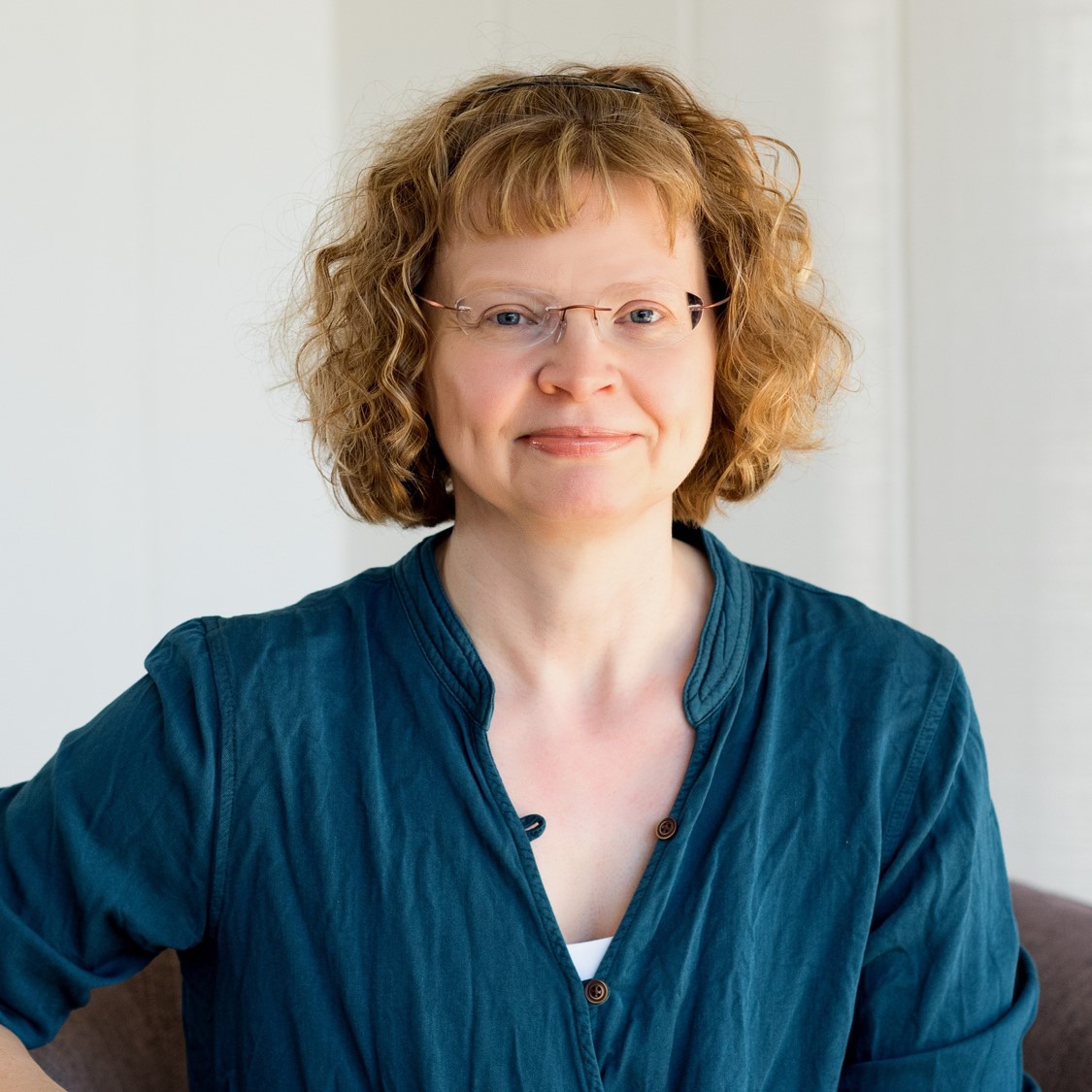Our Innovate Carolina team checked in with two experts who have experience with market research and patent landscaping to learn more. We spoke with Theo Dingemans, PhD, professor and associate chair at the Department of Applied Physical Sciences, and Cindy Reifsnider, director of research and impact at Innovate Carolina, to dig into the benefits of pairing patent landscape analysis and market research.
1. What is the difference between patent landscape analysis and market research?
Theo: From my perspective they go hand in hand. If we develop chemistry or technology we believe is novel and could be patented, we’d like to understand what the potential value of our intellectual property (IP) is in the marketplace, and if we’re able to obtain a patent that potentially has value.
Cindy: Patent landscape analysis uses the published patent literature as its source material, while market research examines customer/end-user data and feedback directly from consumers or via professional analysts’ perspectives. The two techniques can bring together technical, usage and perspectives on positives and negatives about ideas, products and services.
2. Are these tools useful for startups, technologies or both?
Cindy: Yes, they are useful tools for both and provide key input into decision making about how to reach commercialization (startup or licensing), key characteristics to pursue for novelty or filling a niche for end-users and more. They can save you time and money when you learn that something already exists or that it doesn’t fill the needs of the customer. And they can accelerate your time to market by showing you the roadmap to novelty or partnerships.
Theo: They are very useful as it will help you know where to go with this new technology. Do you want to go the startup route, or does it make more sense to partner with a large or small industrial partner?

3. When’s the right time to get started with patent landscape or market research?
Cindy: It’s good to start when you’ve formed an idea. And it’s also good to iterate later as you reach new milestones in development and in the path to commercialization. Different types of questions can be asked and answered at different stages, and the answers are equally useful.
Theo: Immediately, when you realize that you have a new invention in hand. Is it patentable and is someone out there who may be interested in your technology?
4. Why is it smart to conduct patent landscape and market research analysis at the same time?
Cindy: Having both perspectives is useful. One tool can reveal input to the other’s strategy. And sometimes they align and provide amazing clarity!
5. How have you seen these methods benefit faculty or your own work?
Cindy: We’re a “long tail” service, so it can take a while, but it’s gratifying to see faculty and startups awarded patents and get a product to market. And sometimes it means that a faculty researcher changes direction sooner rather than later.
Theo: I can only speak for myself. I’m personally interested in having a broad as possible impact with my research. I want to publish my research, but if at all possible, I want my research to make a difference and solve real-world problems. So prior to publishing, we need to understand the broader context of our work and whether or not we should file for IP protection.

6. What is the difference between patent landscape analysis and a patent search for prior art or freedom to operate?
Theo: Patent landscape analysis will give you insights in what, when and who owns (or has owned) IP in a certain area. Is there similar IP owned by a large corporation, or has it been abandoned? Is there IP out there that is currently owned by small startup companies, and how successful are they? All of this can help in thinking about next steps.
Cindy: Patent landscape analysis is a strategic tool for decision making about key characteristics, open spaces in the invention area and potential partners/competitors. It helps you as you invent. Prior art and freedom-to-operate searches are legal tools that are used as you file for patenting.
7. What are the benefits of having an external view of the patent/market landscape for research and IP?
Cindy: Let me quote from the published research: “Our findings show a positive and significant relation between quantity and quality of inventors’ patents and the joint use of scientific and market knowledge, confirming the importance of external-to-the firm knowledge for companies’ innovation activities. With respect to extant research, we add that quantity as well as quality of inventors’ patents benefit from the combination of both types of external knowledge. In particular, we contend that inventors using knowledge from a wide set of external organisations exploit characteristics of different kinds of knowledge that fulfil different needs of the inventive process. In other words, they merge the technological and scientific potential deriving from scientific knowledge with the practical and technical support deriving from market knowledge. Besides, the independent use of scientific and market knowledge are also significant explanatory factor of inventors’ performance, thus showing positive returns to both scientific and technical knowledge, in line with Mohammadi and Franzoni (2014).”
Scandura, A. The role of scientific and market knowledge in the inventive process: evidence from a survey of industrial inventors. J Technol Transf 44, 1029–1069 (2019).
8. What are the benefits to faculty of having a team of specialists to assist with patent analysis and market research, versus DIY?
Cindy: We help faculty focus on what they do best, which is subject-matter research. We bring our knowledge and experience in patent analysis and market research to partner with faculty, saving them time and distilling (and sometimes translating) those data into tangible, easy-to-use reports.
Theo: It’s always good to have an extra set of expert eyes and expand your understanding of the patent landscape and what the potential market opportunities are. This work is time consuming and not easy. You need people that have experience in doing these searches.
Ready to research see if your own idea or discovery is market-ready? Visit Innovate Carolina’s patent landscaping and research services page, or contact Cindy Reifsnider at cindy.reifsnider@unc.edu.
(C) UNC-CH






























